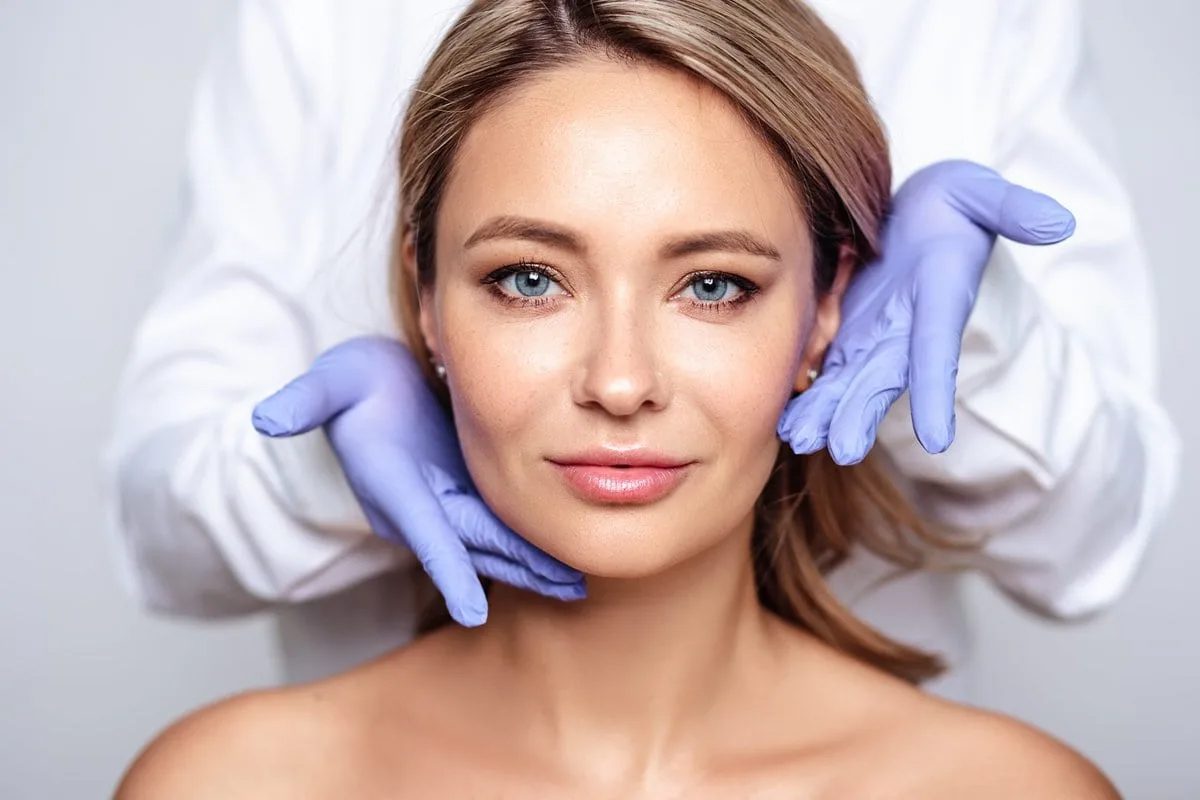
Botox Precare and Postcare Instructions: How to Prepare and Care for Your Skin After Treatment
Botox is one of the most popular non-surgical cosmetic treatments used to smooth out fine lines and wrinkles by temporarily relaxing the muscles responsible for causing them. To ensure you get the best results and minimize potential risks, it’s important to follow proper precautionary (precare) and post-treatment (postcare) guidelines.
Here are the key precare and postcare instructions you should follow before and after your Botox treatment:
Pre-Care Instructions: What to Do Before Botox Treatment
-
Avoid Blood Thinners (7 Days Prior)
For the best possible results and to minimize the risk of bruising, you should avoid blood-thinning medications and supplements at least 7 days before your Botox appointment. These include: -
Aspirin
-
Ibuprofen (Advil, Motrin)
-
Fish oil
-
Vitamin E supplements
-
Other non-steroidal anti-inflammatory drugs (NSAIDs)
-
If you are taking blood thinners for medical reasons, consult your doctor beforehand to discuss the best course of action.
-
Avoid Alcohol (24 Hours Before)
It’s recommended to avoid alcohol at least 24 hours before your treatment. Alcohol can increase the risk of bruising by thinning the blood and can also interfere with the botulinum toxin's effect on your muscles. -
Don’t Schedule Other Facial Treatments Right Before Botox
Avoid undergoing facials, chemical peels, or other skin treatments (such as microdermabrasion or laser treatments) at least a few days before your Botox appointment. These treatments can irritate the skin and increase the risk of adverse reactions. -
Arrive with a Clean Face
On the day of your Botox treatment, make sure your skin is clean and free of makeup. Your practitioner will cleanse your face before administering the Botox, but arriving with a clean face will help ensure the process goes smoothly. -
Consult Your Practitioner
During your consultation, discuss any allergies, medical conditions, or medications you're currently taking with your practitioner. Make sure they know if you're pregnant, breastfeeding, or planning to become pregnant, as Botox is generally not recommended in these cases. -
Stop Using Retinoids and Exfoliating Products (2-3 Days Before)
If you are using any retinoids (such as Retin-A) or exfoliating treatments, it’s advisable to discontinue their use 2-3 days before your Botox appointment. These products can make your skin more sensitive, increasing the likelihood of irritation or redness. -
Avoid Exercise Before Treatment
While there’s no strict need to avoid exercise, it’s a good idea to avoid strenuous workouts or physical activity on the day of your Botox treatment. Sweating and increased blood flow might make bruising more likely.
Post-Care Instructions: What to Do After Botox Treatment
-
Avoid Lying Down for 4 Hours
After your Botox treatment, avoid lying down for at least 4 hours. This helps ensure that the Botox stays in the targeted muscles and does not migrate to other areas. -
Avoid Touching or Massaging the Treated Area
Refrain from rubbing, massaging, or applying pressure to the treated areas for at least 24 hours. This will prevent the Botox from spreading to unintended muscles and affecting areas like your eyelids or eyebrows. -
Don’t Exercise for 24 Hours
After your treatment, avoid any strenuous exercise (like running, heavy lifting, or intense cardio) for at least 24 hours. Exercise can increase blood flow and potentially spread the Botox to areas you don’t want treated, or cause bruising or swelling. -
Stay Upright for 4 Hours
Keep your head upright for at least 4 hours after Botox. Avoid bending over or doing activities that require you to lower your head, as this can cause the Botox to move from the injected areas. Make sure you sleep on your back the first night. -
Avoid Heat and Sun Exposure
For the first 24-48 hours after your treatment, avoid direct exposure to sunlight, saunas, hot tubs, or extreme heat. Excessive heat can increase swelling and irritation in the treated areas. Wearing sunscreen on your face is always a good idea, especially after Botox. -
Do Not Massage the Area
While you might be tempted to touch or massage the treated area, resist the urge. Massaging the injected areas may cause the Botox to migrate to unintended areas, potentially affecting your results. -
Be Patient—Results Take Time
Botox typically takes about 3-5 days to start working, and the full effects can be seen after 7-10 days. Avoid seeking immediate results, as the full effects of the treatment will become noticeable over time. Follow up with your practitioner if you don’t see the desired results after about 14 days. -
Stay Hydrated
Drinking plenty of water after your treatment helps keep your skin and muscles hydrated, supporting the effectiveness of Botox. -
Avoid Alcohol for 24 Hours
Refrain from drinking alcohol for 24 hours after your Botox treatment. Alcohol can increase the risk of bruising and swelling in the treated areas. -
Monitor for Side Effects
While Botox is generally safe, it's essential to watch for any unusual symptoms. Contact your healthcare provider if you experience:
-
Unusual pain or swelling at the injection site
-
Difficulty swallowing, breathing, or speaking (rare but important to address immediately)
-
Any signs of infection, such as pus or redness
When to See Your Practitioner: Follow-Up and Concerns
If you have any concerns after your Botox treatment, or if you experience side effects like excessive swelling, pain, or bruising that doesn’t subside after a few days, don’t hesitate to contact your provider. They may schedule a follow-up appointment to ensure everything is healing correctly, or they might recommend a touch-up session if necessary.
Conclusion
By following these pre- and post-care instructions, you can ensure the best possible results from your Botox treatment. With minimal downtime and the right precautions, you’ll be able to enjoy smoother, younger-looking skin with minimal side effects or complications. Always remember to choose a licensed and experienced injector to perform your treatment, and keep communication open with your practitioner throughout the process.
